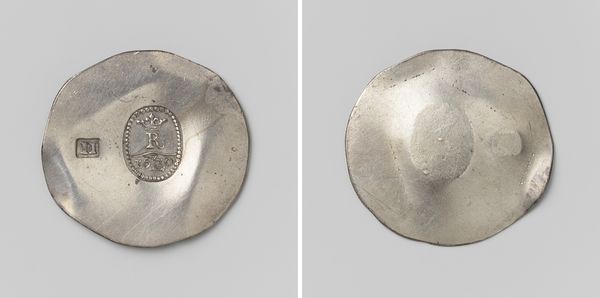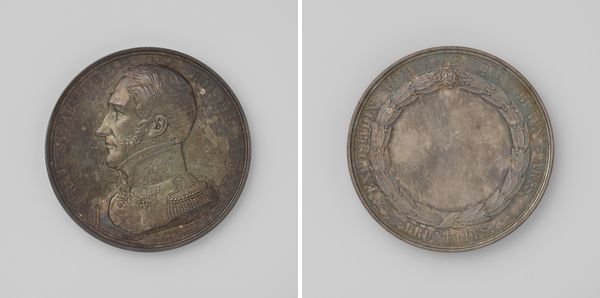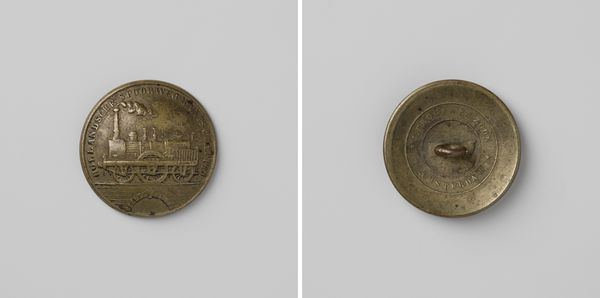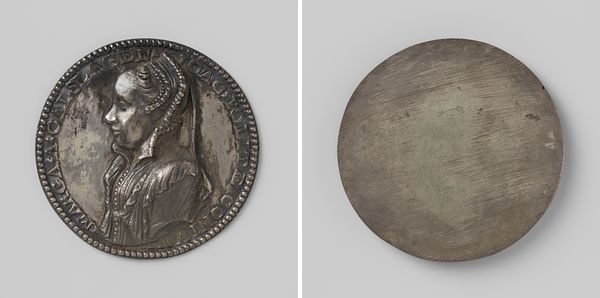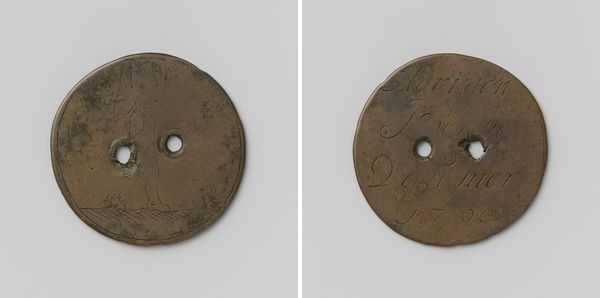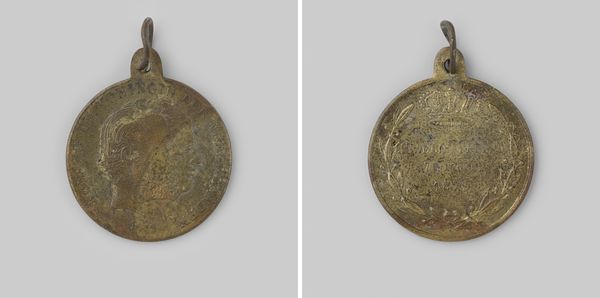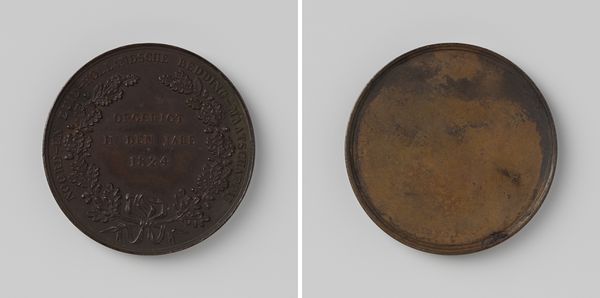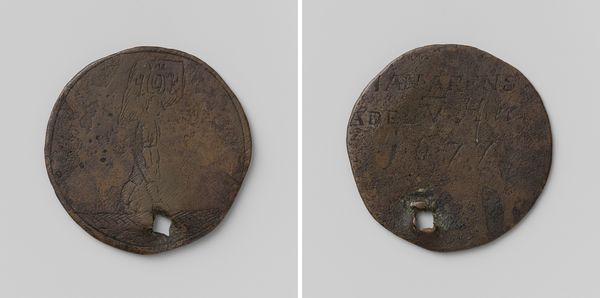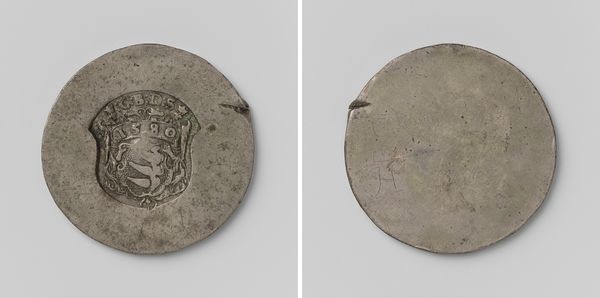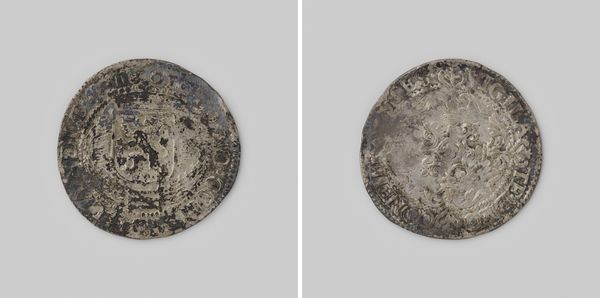
brass, metal, photography
#
still-life-photography
#
brass
#
metal
#
photography
Copyright: Rijks Museum: Open Domain
Curator: Here we have "Knoop," an intriguing piece from around 1775-1800. It resides here at the Rijksmuseum and, though the maker is unknown, the button, for that is precisely what it is, speaks volumes about the time it comes from. It is crafted with brass and other metal materials. Editor: My first thought is "functional," of course, but also, austere beauty. The concentric circles, the subtly raised rim with delicate beadwork—it has a quiet, almost meditative quality. Curator: Precisely! Thinking about its original use, it connects us to the daily life and craft of that era. What sort of garment did this adorn? Was it a coat of a wealthy burgher or perhaps a uniform of a worker? How was it made? Were different labor strata used to manufacture such mundane objects? It provokes these questions regarding social status and production processes, no? Editor: From a formal perspective, consider the perfect geometry of the button itself, and how the worn surface—the scratching—only emphasizes the perfect form. And that patina! A muted golden-bronze tone. Curator: Indeed, this tarnished appearance shows us the impact of time. The fact that it wasn’t some precious, valued object yet was meant to have endurance... Think about how it reflects ideas about material culture. It shows value attached to practicality and an understated type of long-lasting luxury as the wealthy wore more practical clothing. Editor: Yes! I look at how the light interacts with those subtle textures—almost like a miniature topographical map—and it evokes the slow, steady march of history. Curator: It’s precisely that kind of everyday object, stripped of overt aesthetic pretension, which truly highlights social hierarchies of the time period in the material consumption that occurred. It reminds us how so-called mundane items had hidden production stories which, even in such a tiny package, speak of vast societal conditions! Editor: So, what appears to be a small piece takes on such a depth that echoes larger formal themes about temporality. I will see buttons the same way again. Curator: Indeed. It brings forth to consider the meaning embedded in even the smallest components of clothing during the era! Thank you for giving me much to consider about it beyond simply process.
Comments
No comments
Be the first to comment and join the conversation on the ultimate creative platform.
